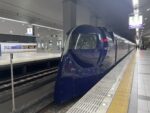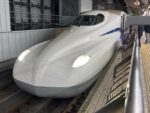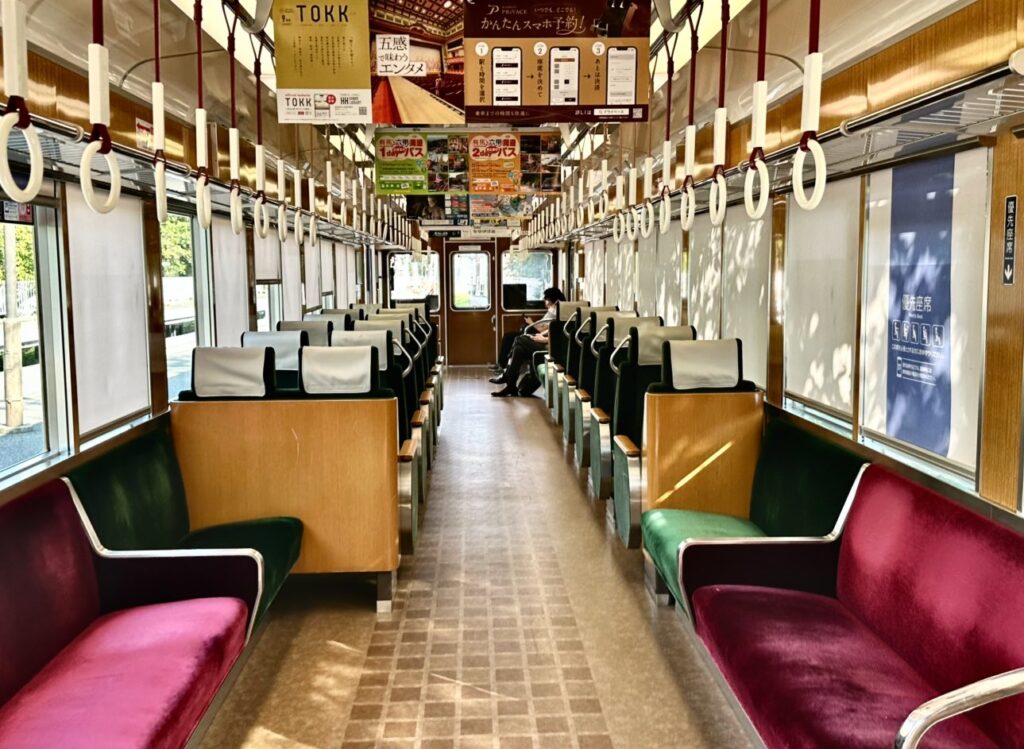
When traveling abroad, many visitors are warned about theft or unsafe conditions on public transportation. In big cities around the world, pickpockets, scams, and other troubles are common. Japan, however, stands out as one of the safest countries for trains, subways, and buses—even in major metropolitan areas like Tokyo, Osaka, Kyoto, and Nagoya.
Why Public Transportation in Japan Is So Safe
- Low crime rate: Japan consistently ranks among the safest countries in the world. Petty theft on trains or buses is extremely rare.
- Strong social norms: Japanese commuters follow unspoken rules—lining up, avoiding loud conversations, and respecting others’ space—which helps create an orderly environment.
- Surveillance and staff presence: Stations are equipped with cameras, and station staff or security patrols are visible, especially in busy areas.
- Lost & found efficiency: Even if you accidentally leave belongings behind, there’s a high chance they will be turned in to the station office.
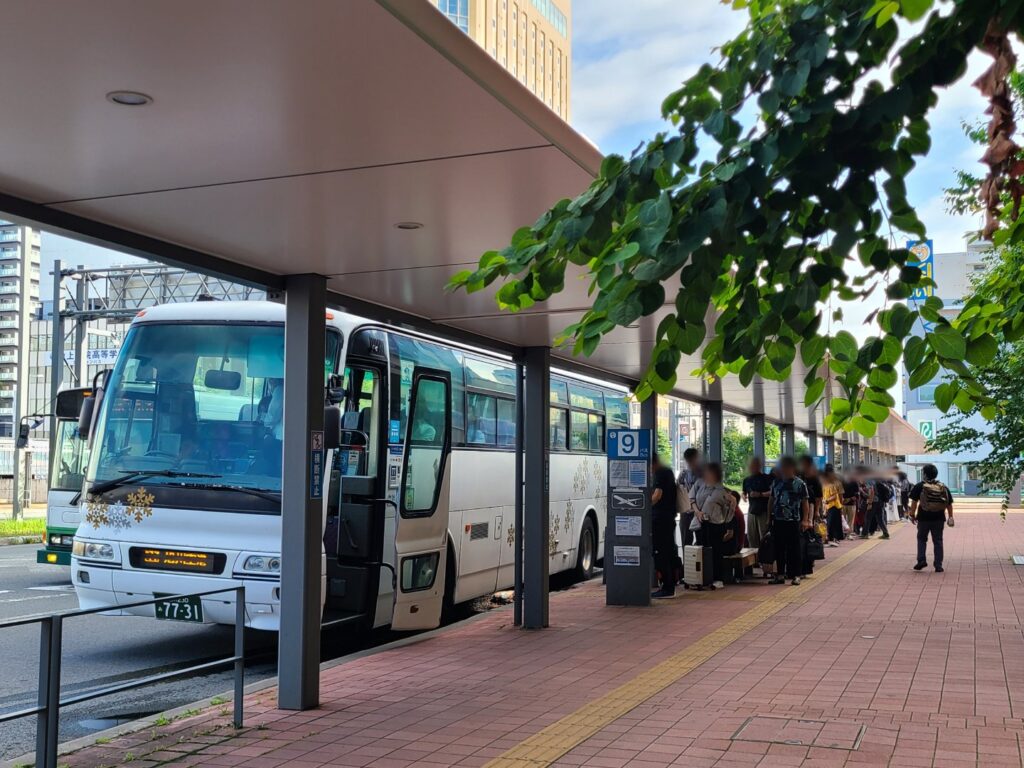
Manners to Know on Japanese Trains and Buses
- Queue properly: Line up neatly when waiting to board.
- Priority seating: Leave special seats open for the elderly, disabled, pregnant women, and parents with small children.
- Keep quiet: Talking loudly or making phone calls is frowned upon.
- No eating or drinking: Except on long-distance trains (like the Shinkansen), avoid eating onboard.
- Bags and backpacks: Hold them in front of you or place them on a rack to avoid bothering others.
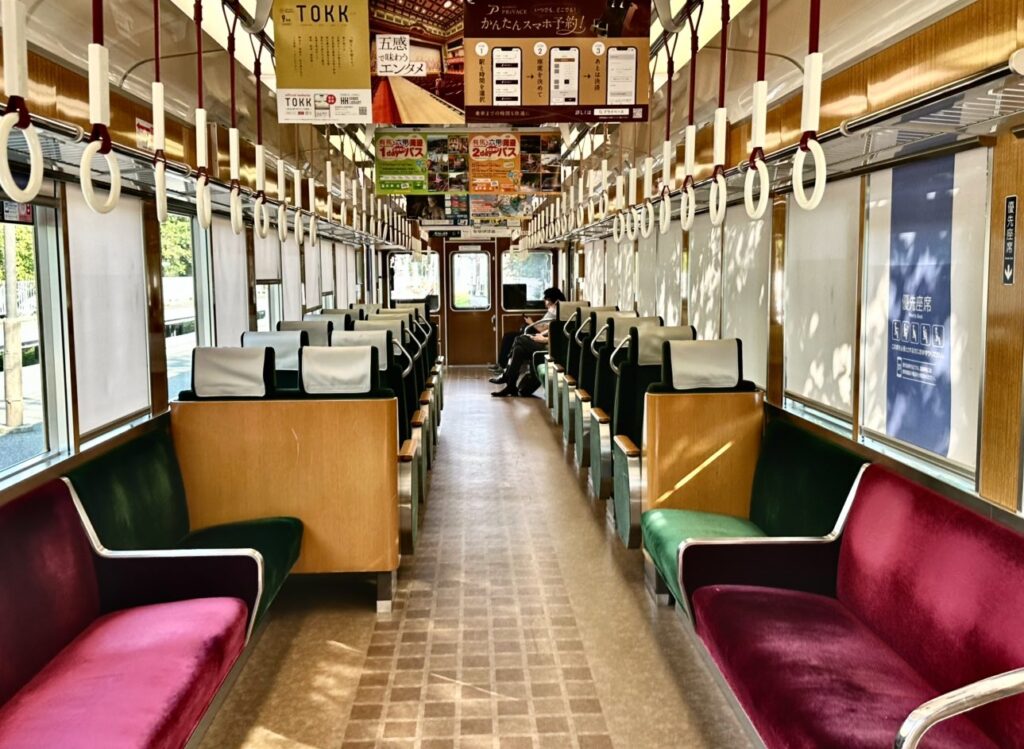
Things to Watch Out For
While overall crime is rare, visitors should still be aware of certain issues:
- Groping (Chikan): Unfortunately, incidents of sexual harassment can happen, especially during rush hours on crowded trains.
- Rush hour crowding: Trains in Tokyo and Osaka can be extremely packed during morning and evening commutes. Keep valuables in secure pockets or a closed bag just in case.
- Late-night trains: Safety remains high, but intoxicated passengers may sometimes cause minor disturbances.
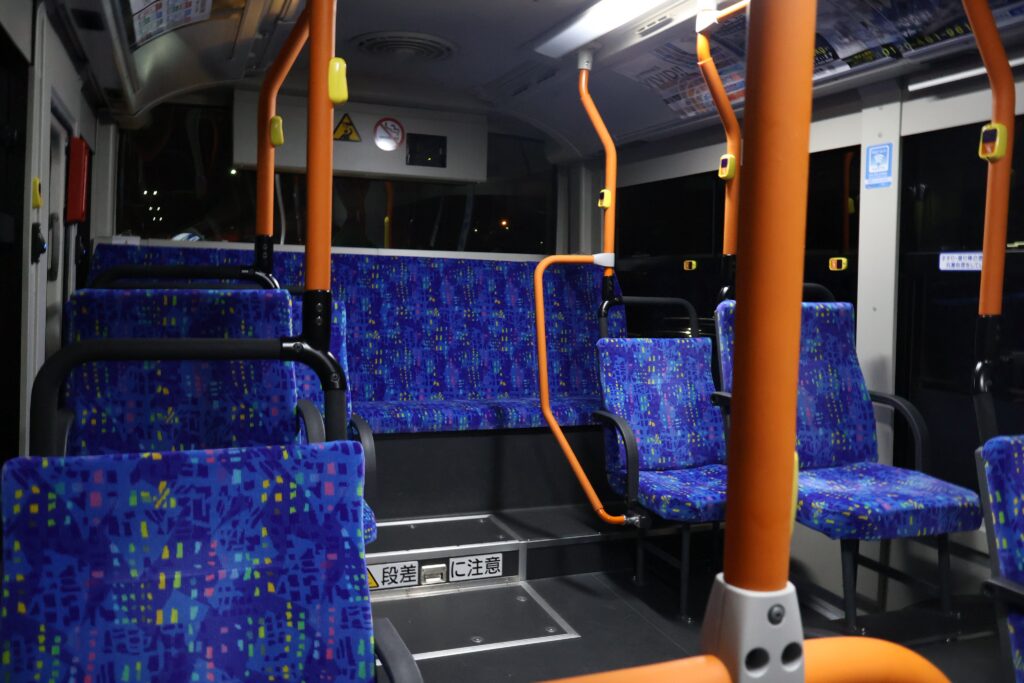
Women-Only Cars
Many train lines in cities like Tokyo, Osaka, and Kyoto provide Women-Only Cars during weekday morning and evening rush hours. These cars are clearly marked on station platforms and on the trains themselves. They are designed to reduce the risk of groping and provide women with a safer, more comfortable commuting experience.
- Who can use them? Primarily women, though young boys (usually up to elementary school age) and caregivers may also be allowed.
- When do they operate? Typically during peak commuting times (7:00–9:00 a.m. and 5:00–9:00 p.m.), but hours vary by railway company.
- Tips for travelers: If you are a woman traveling alone during rush hour, these cars can be a good option for peace of mind.
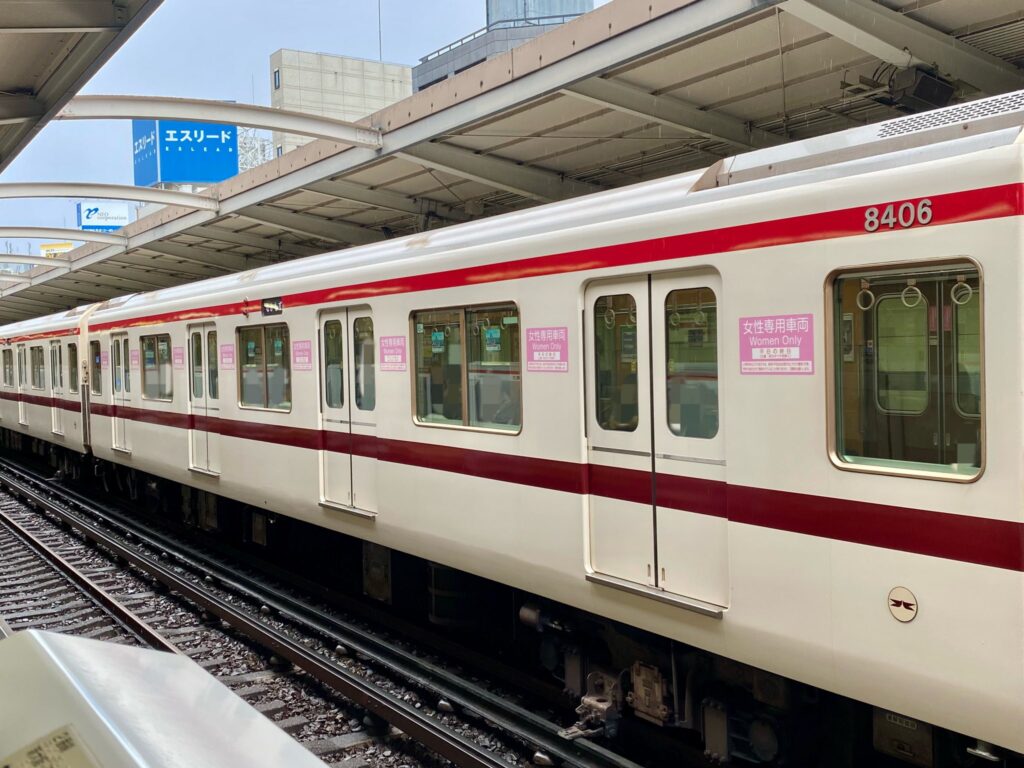
Final Thoughts
For foreign visitors, Japan’s public transportation system is not only convenient and punctual but also exceptionally safe compared to many countries. By following basic manners and considering options like Women-Only Cars during rush hour, you can enjoy stress-free travel across Japan’s cities.

